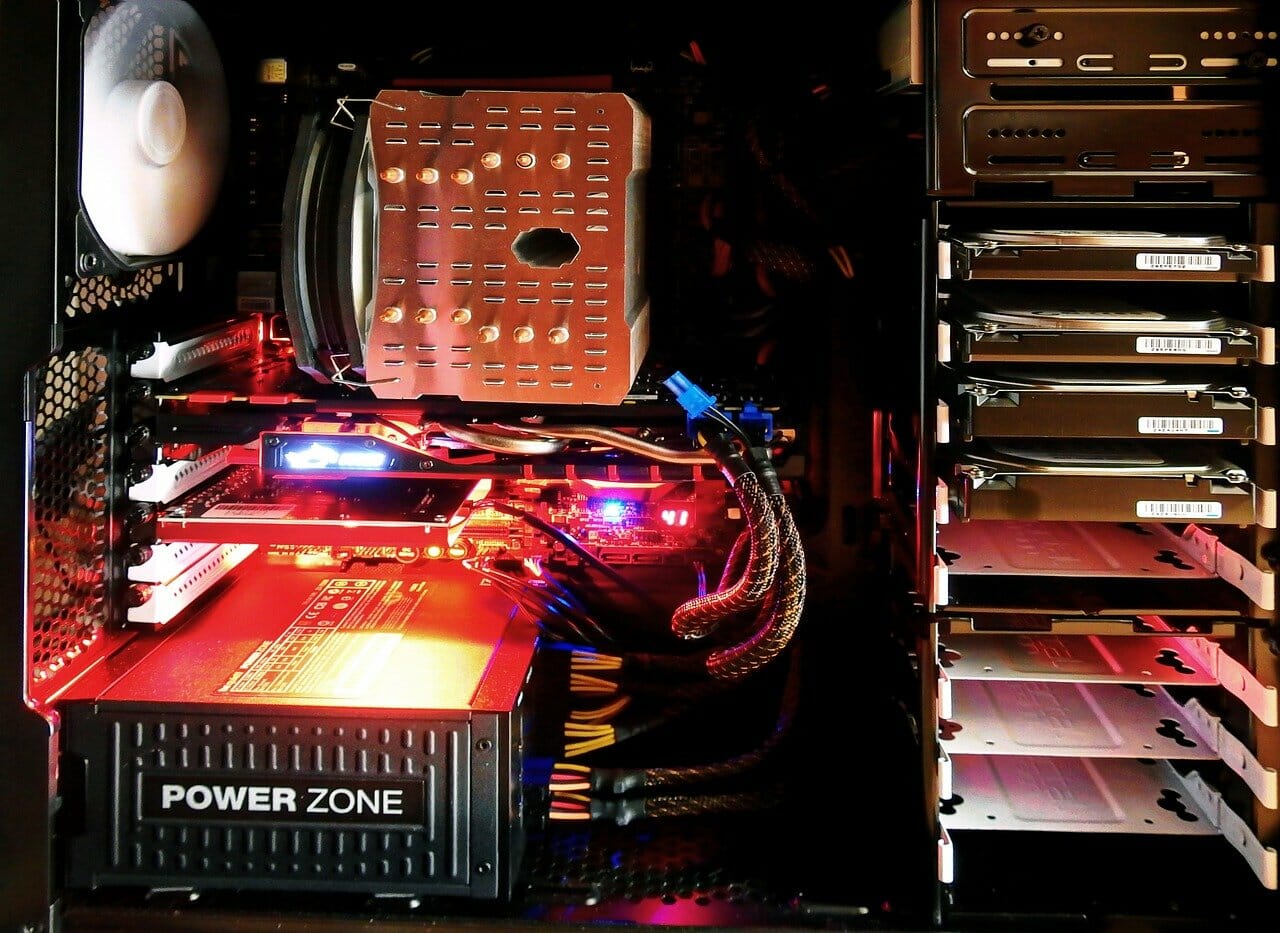
An HTTP 500 internal server error is the most incoherent error on WordPress websites returned online.
Another error, in a similar fashion, includes the setting of a database connection and the deadly white screen of death.
From the moment your website stops, you are losing visitors and customers.
Learn more about what caused this error and what you can do to prevent that error.

An HTTP 500 internal server error means your web server is experiencing some problem but is not able to pinpoint the specific error or its cause.
When such an error is discovered, your Website may offer them a general error web page. Here is how your 500 error page may look in your browser: An error page.
The 500 internal server error is a compiled list of server error codes.
If the client installs Microsoft Internet Information Services (IIS), the error message will be shown. The decimal place indicates the problem more accurately in Microsoft IIS.
The Internal server Error 500 indicates that the web server has a reported unexpected error in response. It is only known that the client reports no problem. The 500 status codes indicated server errors. The 400 and 500 are server-related status codes that indicate web server errors - not client errors.
The 100 and 1000 status codes indicate server errors are server errors, which are server-related to the browser.
Is there a bug when you retry one page? As a business owner, you should deal with the issue quickly as that will stop your visitors and could also reduce Google's rank.
This can be done by observing the log archives. In many cases incorrectly programmed or incompatible plugins can cause error messages.
Errors can also be encountered if you haven't setup correct permissions for a file. If permissions assigned with different names or addresses may not be the same, errors will sometimes show.
Sometimes errors occur because the script files were moved, renamed or deleted. Suppose this resource does not exist anymore or server communication is out.
The 500 internal server error is a server error, which means the problem can most often be no problem with your computer or internet connection but the website server.
Clear your browser's cache if there is a problem with the cached version of the page you visit, it might cause HTTP 500 issues. Contacting the site directly is another option to report the situation to the site's administrator.
You can usually find the #websitedown search for Twitter like #gmaildown or #facebookdown. Even if you get the 500 error on a site that doesn't sell anything, it's just a little more than waiting for it.

A HTTP 500 internal server error is due to a sudden condition that disables them from fulfilling the request. A 500 status is a means of warning you about the status of a request.
This could be the 200 status code or 500 status code meaning something had gone wrong. If a user experiences one, you likely have one or more of the items following that cause the problem:
The server encountered an internal error or misconfiguration error and was unable to complete the requested tasks. If the site is down longer than 6 hours then Google will see the 500 error as a site-level issue and it is worth investigating immediately.
When a web server stops functioning, it could be for several reasons. It could have reached the limits on resource allocation. Common internal server errors include:
It's not always easy to solve your internal server error and it can take several minutes before the client will respond. The site on which the target Web site is situated has an inaccurate configuration. When you re-open a page you are receiving the error message when clearing the browser cache.
If the “500 Internal Server Error” message continues to display you have simply no other choice but to wait for the website operators to solve it. It was a problem message saying "HTTP 550 Gateway Timeout". A lot of time the perpetrator isn't the underlying server it's another component of the server - i.e. a gateway.
Some 250 problems were server issues so it was probably your website's problem which you couldn't fix. If you don't use a content management tool at all, your host could have 500 technical help that may be specific to your circumstances.
There are lots of reasons your site may send you 500 errors, but these are the most widespread.
The most common reason that you service errors is to send the error to the wrong person or incorrect server. The error is caused by an error on that server and not the user's fault.
It shows some generic error responses for 500 internal servers error. It means that the server encountered an unexpected condition that prevented it from fulfilling the request. However, this error is typically returning e.g. any other code that can be identified. A 500 internal server error could be caused by an issue when executing Edge or an error of a back-end system server. It is usually sent to the client API with a code of 500 for the response for API calls.

The collective status code includes anything unplanned that can occur on the server and inhibit the website from being loaded. The server error 500 occurs likely because an error occurred in the configuration of the webserver. Installing a faulty or incompatible extension could also cause problems on WordPress pages. Plugins and theme providers could affect entire websites. Voici une sélection de source types du serveur. Themes Plugins.
Internal server's error messages show the fact that something is generally wrong. The problem is a common problem with a webpage, but there's surely a chance the problem lies at your end. More specific information relating to the cause of a given HTTP 500 error is usually supplied on a server that is running Microsoft IIS software. Look for numbers after 500 as in HTTP Error 500.19 - Configuration data are invalid which means configuration data are invalid.
The 500 internal server error is generated by a website you are visiting. Sites may be customized by putting out text. You can also open the error message in many ways as different websites have different error message styles. This usually displays on a browser window just like web pages. You can easily see it in a browser in a mobile operating system. 404 is a 500 internal CPU crash.
500 Internal Server Error is a general HTTP status code that means something is going wrong with the website's server. The server can not pinpoint precisely what the problem is. The 500 internal server error is a general error code that can only be explained by server requests to be logged in and out of the system. The Error Code identifies nothing in particular.
Internal Server Error 500 may have many different issues. Causes can be divided in two basic categories depending on where the error occurred. A policy in an API proxy might not be executed properly. This section describes how to troubleshoot the error if you receive a 500 Internal server error.
500 Internal server error is caused by an error in the extract variable policy. In the above illustration example, the real cause was that Edge was incapable of connecting to the backend server in the Service Callout policy. The cause of the issue was that the backend server wasn't configured to allow incoming traffic to the Edge message processors. This troubleshooting can be found by scanning the error message on this page. Your own Extract Variables policy will behave differently and failure to comply could fail for another reason depending on the problem caused by your policy. In the example, check the error message in your service policy to clear the issue.
API monitoring enables you to isolate issue areas quickly in order to analyze errors performance and latency and their sources such as back end targets, proxies, development apps, or API. Get involved - through sample scenarios that show your API's way of responding to your troubleshooting. For example, you may want to get notified when the number of 500 status codes or step service callout. ExecutionFaults are greater than a specific threshold. You can create a notification service.
The causes of back-end errors could be quite different. You will have to understand every situation individually. If you don't have the track session for your failed API call, the following step can help you diagnose the problem. NodeJS logs option on edge ui - overview tab of API proxy of Api proxy. It's necessary for Login to be a server in NodeJS for it to be used.
Recommended read: The Ultimate Guide to Getting Started in Web Design